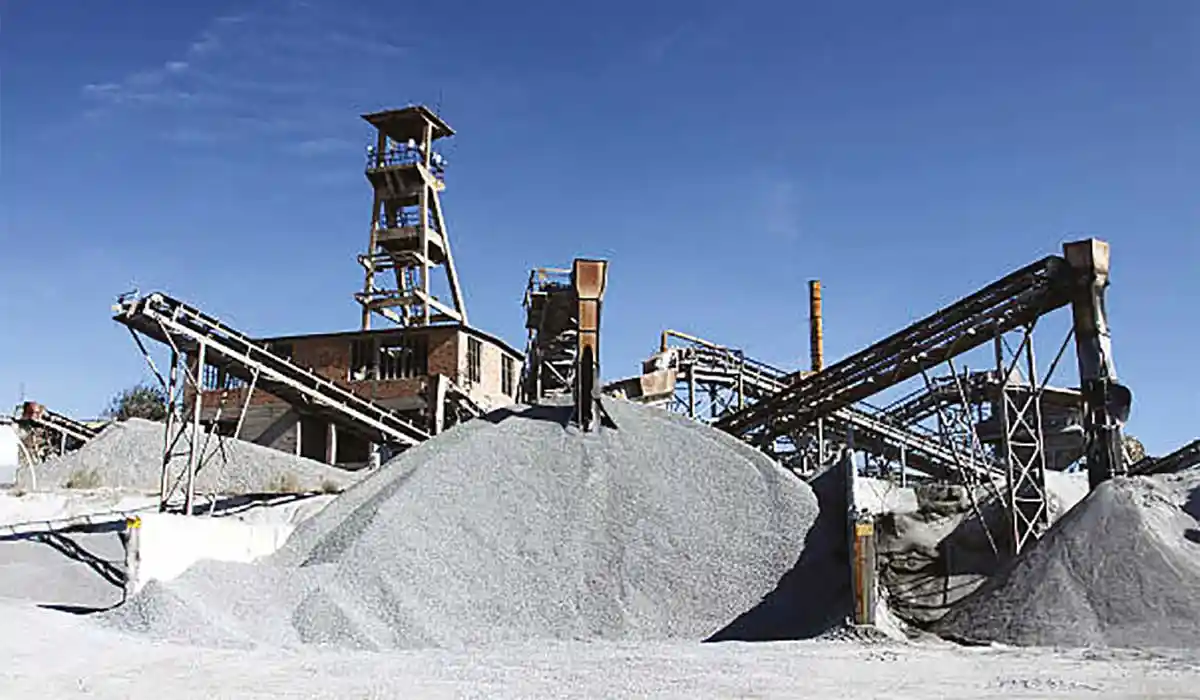Sustainability in Cement and Concrete


Dr. S. B. Hegde, President – Manufacturing, Kanodia Group, Noida, & Visiting Professor, Pennsylvania State University, USA
Relationship between CO2 Emission and Clinker Phases
The CO2 footprint is in this order: C4AF < C2S < C3A < C3S. C3S, the main phase of Portland Cement Clinker (PCC), is also the phase that has the highest direct CO2 footprint, 17% higher than C2S. This corresponds to the fact that clinkers that are richer in C3S typically require a higher limestone proportion in the raw mix (LSF) used in their manufacture.
One way to reduce the CO2 footprint of PCC would be to reduce the amount of C3S. Converting all of the C3S to C2S would result in a 12% reduction of CO2 emissions from 816 kg/t-PCC to 719 kg/t-PCC. As can be seen, the reductions come from less use of limestone and less fuel required for both limestone de-carbonation and the formation of C3S.
Although both C2S and C3S are calcium silicates and can provide somewhat similar levels of late strength in concrete, C3S reacts much faster and provides concrete with the early-age strength. In atypical Portland Cement, 50% of the C3S is hydrated within the first two days, while it takes at least seven days to hydrate a similar fraction of C2S. It has also been suggested that the onset of rapid C2S hydration is delayed until most C3S has been consumed, suggesting that the presence of C3S inhibits C2S hydration. Generally, high C3S cements are preferred as they allow construction work to progress quickly.
The higher level of early strength associated with high C3S clinkers also enables the use of larger quantities of Secondary Cementitious Materials (SCM) as clinker substitute, especially since early strength is the weakness of most SCMs.
Therefore, the theoretical advantage of belite clinker over typical PCC, although modest with about 12% reduction of the direct CO2 footprint, may completely vanish if clinker substitution has to be reduced.
High Strength Cement/Concrete: Is it Durable and Sustainable?
The construction industry is facing many challenges – global warming, climate change factors, and the capability to achieve sustainable development and economic progress without damaging our environment.
It is this misleading concept (high initial strength in cement and high strength concrete) that is primarily responsible for the lack of durable performance of concrete in real life environments. To change this scenario, it is suggested that concrete must be manufactured for durability and not for strength.
The concept of strength through durability can be achieved by careful design of the cement matrix and its microstructure. If concrete is to be an eco-friendly, and sustainable driving force and construction material for social change, the need is to produce durable concrete with strengths of 30 to 60 to 80 MPa rather than very high strength concrete without an assured durable performance.
Holistic Durability Design Philosophy
Holistic Design envisages a global approach to all aspects of concrete and construction technology from material selection, design, construction, and maintenance to service life, integrating material characteristics with in situ performance.
Use of cement replacement materials, design for material stability, design for structural integrity and design for sustainability are the key elements of this holistic durability design to achieve durable service life performance.
NBM&CW November 2021


















